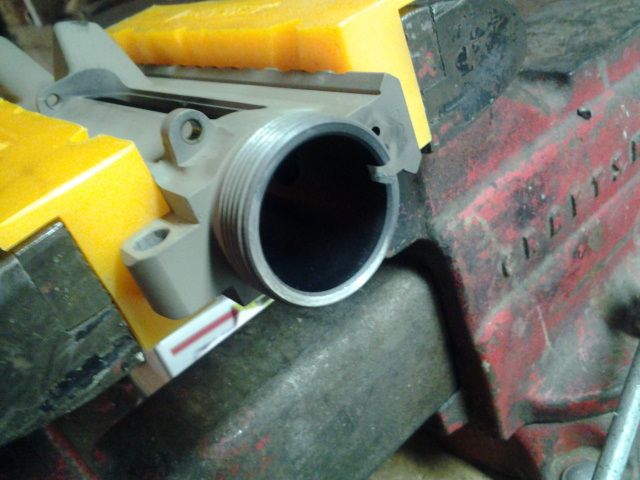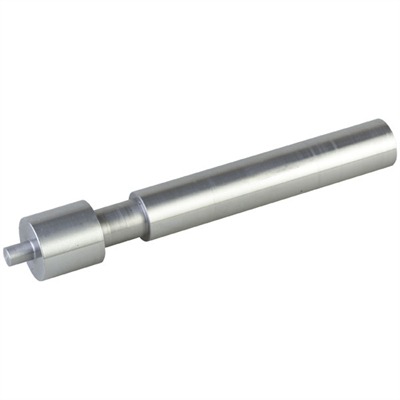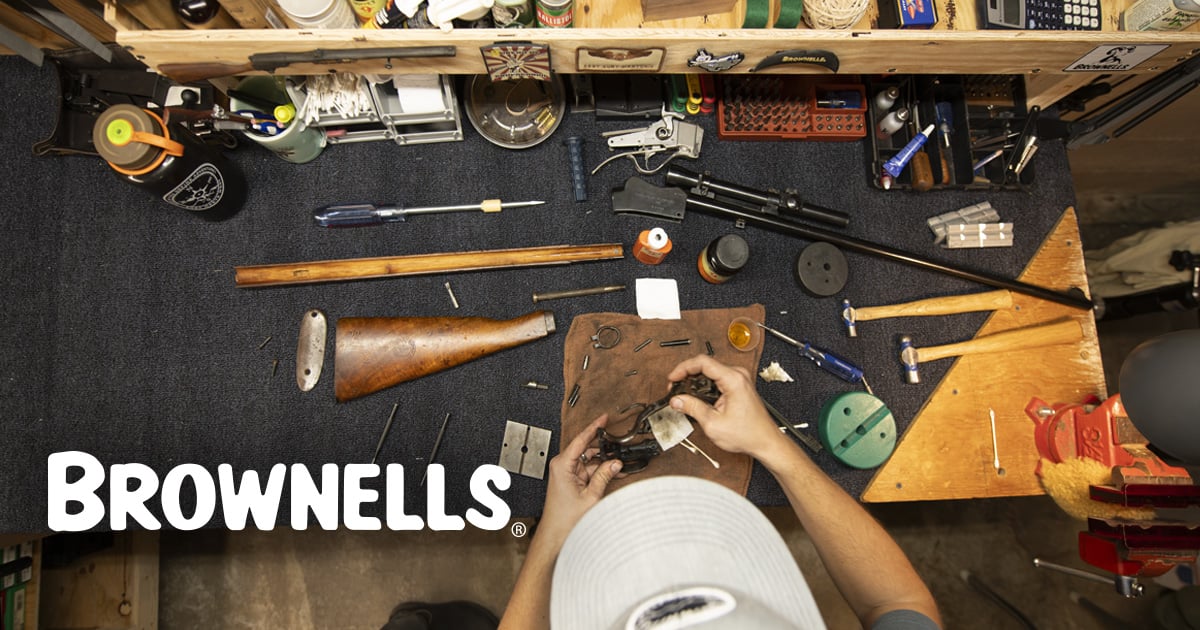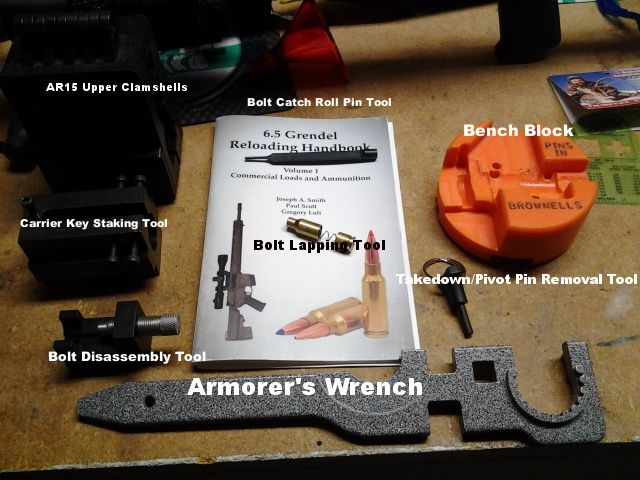There has been a lot of talk lately about bolts breaking, accuracy, home builds, etc.
Many of us have already learned the hard way that slapping parts together that look like any other high-end AR15 doesn't always equal an accurate or reliable gun. I honestly have always had reliable guns because I have a bit of experience sourcing components, and maybe there has been some luck involved too.
But what about when we start getting into other calibers like the 6.5 Grendel? Can we just slap parts together and realistically expect consistently sub-MOA, 100% reliable guns?
Nope. Now I'm guilty of being a bargain shopper, but I steer clear of parts that aren't from sources I know well. I have bought many blem uppers, with the understanding that I don't care about their cosmetic appearance, as long as they are 7075 with a Type III hard coat anodizing, because they are getting Cerakoted anyway.
But what about accuracy? Are all uppers created equal?

No they are not. This one had only about 25% face engagement with my upper receiver lapping tool, where you could clearly see the light through many areas on the receiver face when abutted with the tool. I had a high-end barrel installed in it, and it shot 1.5 MOA or worse, with unpredictable grouping. See the black area; that used to extend all the way down to the other side. The black is now in contact with the tool, and I have a trued face.
I was thinking of using it for one of my Lilja barrel uppers, so I lapped the receiver face after pulling the .223 Wylde barrel. This is the tool set-up in the upper that you use to true the receiver face, along with lapping compound.

For those of you who are thinking that dropping your Lilja, Krieger, Bartlein, and other high-end barrels into a blem reject upper is going to deliver sub-MOA performance, you are rolling the dice unnecessarily. There are some great companies who make beautiful billet uppers that they ensure are true. Not only will this provide a foundation for the most accuracy potential from your barrel, but it will prevent uneven stress on the bolt lugs in the barrel extension, which is a known breaker of bolts in any caliber.
If you are doing a lightweight or heavy gun, you might want to check this for yourself, or have an experienced AR15 smith do the work for you.
Many of us have already learned the hard way that slapping parts together that look like any other high-end AR15 doesn't always equal an accurate or reliable gun. I honestly have always had reliable guns because I have a bit of experience sourcing components, and maybe there has been some luck involved too.
But what about when we start getting into other calibers like the 6.5 Grendel? Can we just slap parts together and realistically expect consistently sub-MOA, 100% reliable guns?
Nope. Now I'm guilty of being a bargain shopper, but I steer clear of parts that aren't from sources I know well. I have bought many blem uppers, with the understanding that I don't care about their cosmetic appearance, as long as they are 7075 with a Type III hard coat anodizing, because they are getting Cerakoted anyway.
But what about accuracy? Are all uppers created equal?

No they are not. This one had only about 25% face engagement with my upper receiver lapping tool, where you could clearly see the light through many areas on the receiver face when abutted with the tool. I had a high-end barrel installed in it, and it shot 1.5 MOA or worse, with unpredictable grouping. See the black area; that used to extend all the way down to the other side. The black is now in contact with the tool, and I have a trued face.
I was thinking of using it for one of my Lilja barrel uppers, so I lapped the receiver face after pulling the .223 Wylde barrel. This is the tool set-up in the upper that you use to true the receiver face, along with lapping compound.

For those of you who are thinking that dropping your Lilja, Krieger, Bartlein, and other high-end barrels into a blem reject upper is going to deliver sub-MOA performance, you are rolling the dice unnecessarily. There are some great companies who make beautiful billet uppers that they ensure are true. Not only will this provide a foundation for the most accuracy potential from your barrel, but it will prevent uneven stress on the bolt lugs in the barrel extension, which is a known breaker of bolts in any caliber.
If you are doing a lightweight or heavy gun, you might want to check this for yourself, or have an experienced AR15 smith do the work for you.




Comment